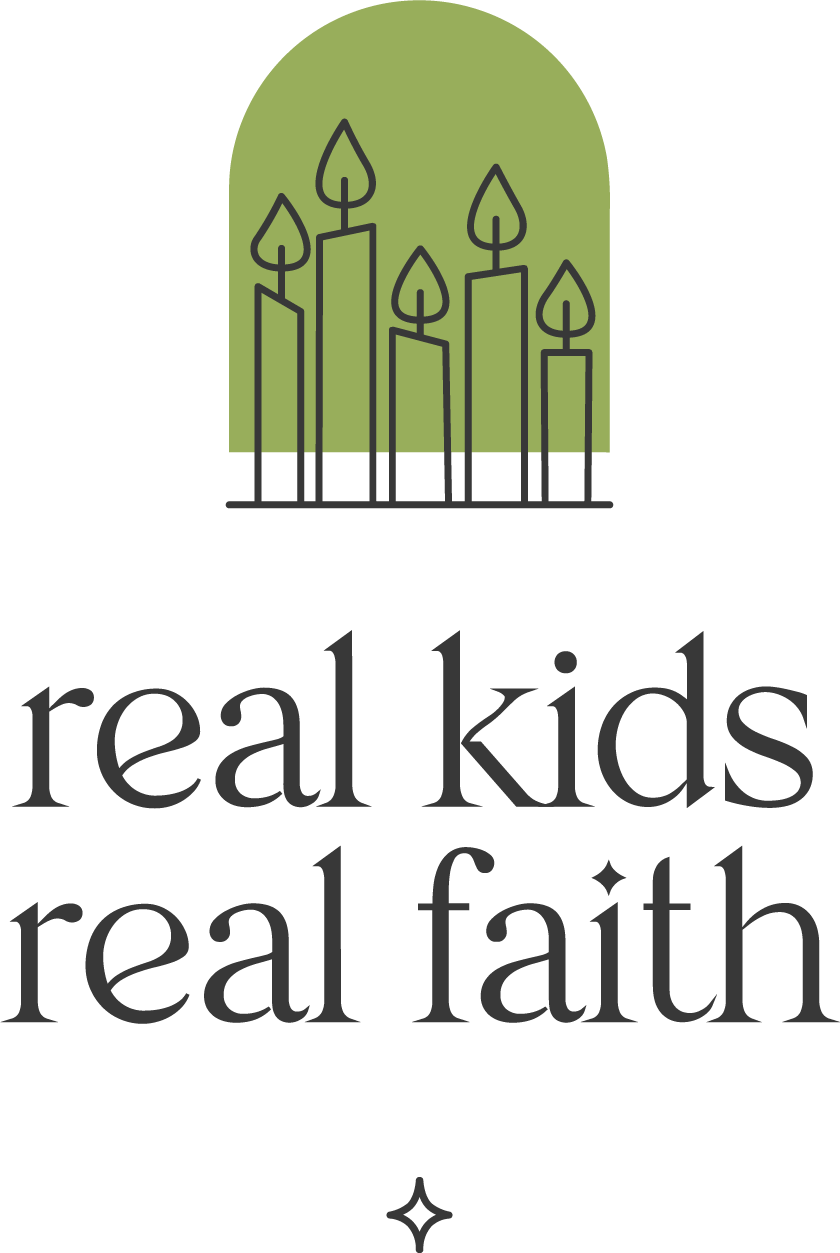Forming an identity is a complicated task. The arts provide space to create and play with different identities. Education researcher Kim So Jung notes that poetry has many benefits for early elementary students, including helping them understand themselves and their world. Through poetry, they play with words and symbols and learn to express their unique perspective. Poetry also allows them to find their voices and make sense of their fledgling identities as spiritual and ethical people. Other studies show that children as young as 4 and as old as 12 benefit from using poetry to reflect on their values.
Want to try exploring a poem with your child? Try this one from Amanda Gorman, which she performed at President Biden’s inauguration.
- Together read or watch The Hill We Climb.
- Ask your child: Which parts of the poem stir up you/your emotions? Which are hard to understand? Which make you want to take action? Which parts do you disagree with? Remember: one of the benefits of poetry is that there are no right or wrong answers. You can be moved by feelings, imagery, or even the sound of the words.
- Choose one part (maybe your child’s favorite section) and ask: What do you think Gorman is talking about? What do these words mean to you? These questions help your child move from their initial emotional responses to analyzing the poem.
- Discuss some of the symbols Gorman uses to talk about America and collective American experiences over the past year. Ask: What symbols does the poet use to talk about America and Americans? A country’s collective story has a significant impact on how children understand themselves and their values.
- Brainstorm with your child some of the events they have experienced over the past year: wearing masks, virtual schooling, not seeing loved ones and friends, feeling sad, feeling scared, spending more time at home, having more time with parents, etc. Ask: What are you looking forward to in the next year? How do you feel when you think about the future? What symbols, words, or images would you use to tell someone else about your hopes and feelings?
- Create your own poems filled with symbols, stories, and words that connect your individual story to the larger narrative of who you are and where you are headed. Perform your poems for each other.

Comments